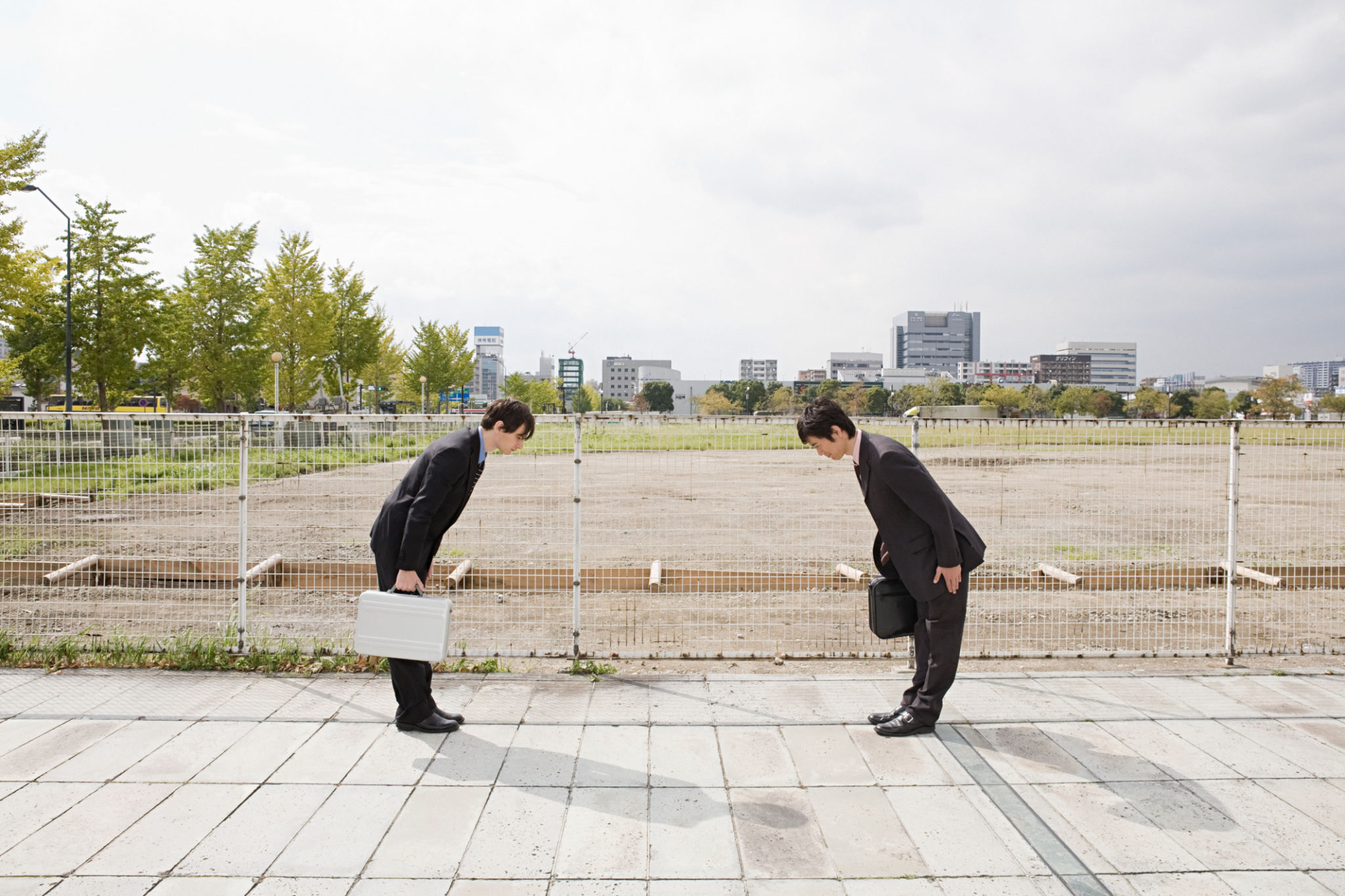The Benefits of Stainless Steel Fabrication for Durable and Long-Lasting Structures
Understanding Stainless Steel Fabrication
Stainless steel fabrication is a process that involves transforming stainless steel into various forms and products. It is highly valued in construction and manufacturing due to its durability, corrosion resistance, and aesthetic appeal. These properties make it an ideal choice for building long-lasting structures.
Stainless steel is composed of iron, chromium, and other elements that enhance its strength and resistance to environmental factors. This combination of features makes it a preferred material for a wide range of applications, from architectural frameworks to industrial machinery.

Durability and Longevity
Corrosion Resistance
One of the standout benefits of stainless steel is its exceptional corrosion resistance. This property is primarily due to the chromium content, which forms a passive layer that protects the steel from rust and other forms of corrosion. This makes stainless steel ideal for environments exposed to moisture and harsh weather conditions.
Strength and Flexibility
Stainless steel is renowned for its high tensile strength, allowing it to bear significant weight and pressure without compromising its structural integrity. Its flexibility also means it can be easily molded into various shapes while maintaining its strength, making it suitable for complex architectural designs and intricate structures.

Aesthetic Appeal
In addition to its physical properties, stainless steel offers a sleek and modern appearance that enhances the visual appeal of any structure. Its shiny surface reflects light beautifully, contributing to a contemporary look that can elevate the overall design of buildings and spaces.
The aesthetic versatility of stainless steel allows it to be used in both interior and exterior applications. Whether it's for railings, cladding, or decorative elements, stainless steel provides a timeless elegance that complements various architectural styles.

Sustainability and Environmental Impact
Recyclability
Another significant advantage of stainless steel is its recyclability. It can be recycled multiple times without losing its quality or performance, making it an environmentally friendly choice. This reduces the demand for raw materials and minimizes waste, contributing to more sustainable construction practices.
Energy Efficiency
The energy required to produce stainless steel has decreased over the years thanks to advancements in manufacturing technologies. This reduction in energy consumption further enhances its environmental benefits and supports efforts toward more sustainable industrial practices.
Applications Across Industries
Stainless steel fabrication is not limited to construction; it finds applications across various industries such as automotive, aerospace, food processing, and pharmaceuticals. Its unique properties make it suitable for products ranging from kitchen appliances to medical equipment.
The versatility of stainless steel ensures that it continues to play a crucial role in innovation and development across multiple sectors, offering solutions that are both practical and aesthetically pleasing.

